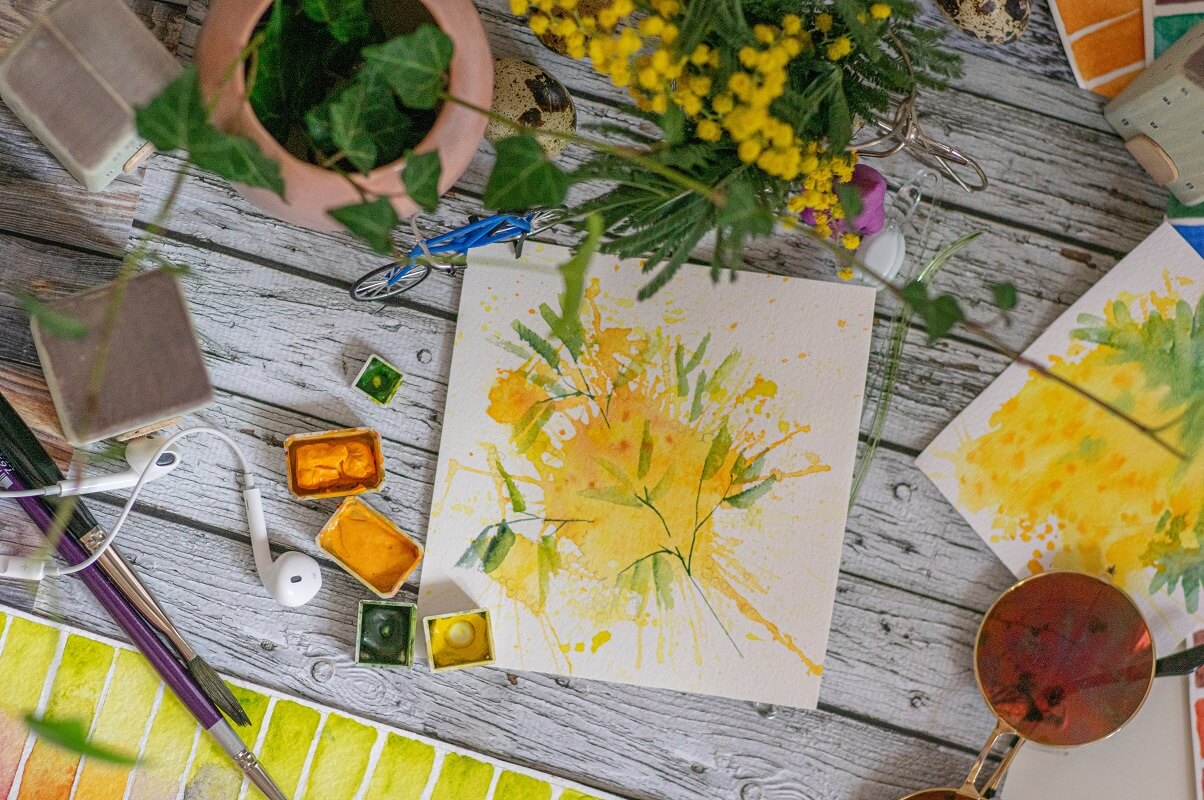Create and publish your first post on your website
A post can consist of multiple topics and features, but in many cases it's about a single topic that you focus on. This can lead to it being popular in the various search engines, shared more on social media, and in most cases, more popular. So, you can write a post for many different reasons. Let's go over the basics of how to publish your first post or article on your website.
Defining a subject or keyword
Defining a subject or keyword is important to determine in advance, so this is the first step you should take. Search for a specific keyword or subject in search engines like Google. And check to see if there have already been a large number of parties who have written about it before you. If this is the case and you are just starting to publish your first post on your website, it might be wise to look for a topic with a little less competition. Therefore, broaden your initial field of vision a bit and instead of "buy skates", for example, go to "best skates for kids", just to give you an example.
There is almost always someone who has written about a topic before you. So try to find out what he did to create a better version. However, always keep in mind the competitor's backlink profile.
Drafting the text
Most writers are advised to already create a rough outline of the article, that is, write the topic at the beginning of the article. After that, write all the subheadings and subheadings that you see for the article. After that, you will find that this is also much easier to read than a blank screen. It's also easier to jump back in at a later time and continue writing the article.
Text is still an essential part of any website. If there is no text, it is difficult for a search engine, visitor or user to get any value from your website. Or you may need to offer something else, such as an online tool, video, or other visuals.
Writing an introduction
The introduction can be at the beginning or the end of the article. There are arguments for and against whether you should finish the article first. Or whether you should do so immediately. It is up to you how you want to handle this. In any case, the introduction must be catchy and invite the reader to read on. This way, a bond is built with the reader and they are more likely to make a conversion. Like buying a hosting package to start building your website.
Writing an article
Writing an article is the most challenging part of your first blog post. Text specifications of 1000 words can be an impossible task. However, as time goes on, this will become easier and easier to accomplish.
It is very helpful if you work out the subheadings first. Also, it is important that you do not include words without adding value. A visitor's user experience is also taken into account to determine the popularity of your website.
Add and edit images
Images are also essential for any website. With an image between text, you can ensure that it is broken up. With an image between the text, you can make sure that it is broken up and that it already contains your product or the focus of the article. With an image or video, you simply attract attention quickly, and mobile users in particular may respond to it better than to a large chunk of text.
Always remember to make your own images and visuals or be 100% sure you can use them on your website. Copyright laws were invented for a reason, and it can cost you thousands of dollars if you violate them.
In addition to using your images legally, you should also think about optimizing them for your website. To do this, you can resize the images before uploading them. And by running them through a tool like TinyPNG. This will drastically improve the loading times of your website, making it quickly accessible anytime, anywhere.
Final check and publishing
During the final check, you'll check the text for spelling mistakes, read it over again and add some links or features. For example, adding a link to a previous article or a link to a sales page. This can also include adding a chart or table. And always remember to test your article in the foreground on both a regular screen and a mobile screen. That way, you'll always know that your article is displaying correctly.
